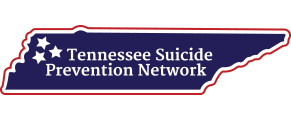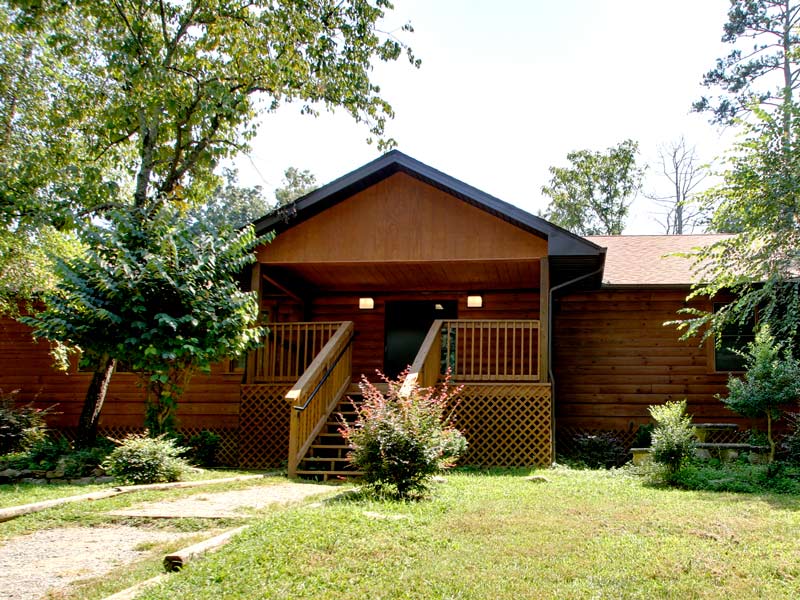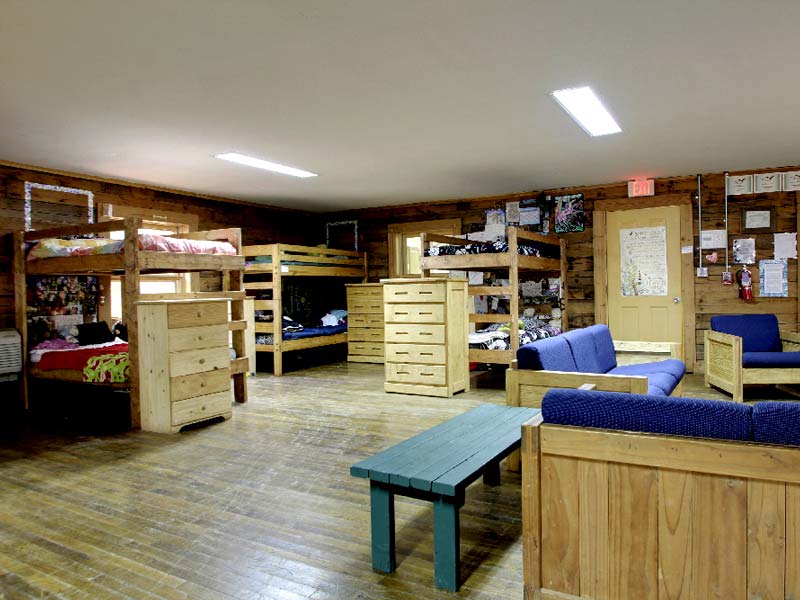No one experiences disruptive behavior disorders the same way as someone else. Understanding the signs, symptoms and side effects of disruptive behavior disorders is a key component toward starting the recovery journey.
Understanding Disruptive Behavior Disorders
Learn about disruptive behavior disorders
Disruptive behavior disorders (DBD) are a group of behavioral problems that are referred to as disruptive because the children and teens affected by one of these disorders will cause disruptions to the people and activities around them. These disruptive behavior disorders include patterns of ongoing uncooperative, defiant, and hostile behaviors toward authority figures, which seriously impact a teen’s daily functioning. In addition to the teen having difficulties, the whole family suffers as they continuously experience their child’s disruptive behaviors. The most common types of disruptive behavior disorders include oppositional defiant disorder (ODD) and conduct disorder. The main difference between these two disorders is the severity of the symptoms. Conduct disorder is considered the more serious disorder.
Oppositional defiant disorder (ODD) is characterized as a recurrent pattern of negative, defiant, hostile, and disobedient behaviors towards parents and other authority figures. Teens with ODD often lose their temper and argue with adults over rules or requests. They may also become easily annoyed by other people and have a tendency to blame others for their personal mistakes or misbehaviors. These behaviors over time will severely impact the social, occupational, or academic functioning of the adolescent.
Conduct disorder (CD), often called “delinquency,” is the more serious of the disruptive behavior disorders due to the higher level of cruelty involved. Children and teens who have CD may show aggression toward other people and animals, willfully destroy property, steal, and often lie. It’s thought that disruptive behavior disorders exist along a spectrum and oppositional defiant disorder may progress into CD.
Children and adolescents who have ODD or CD can learn more positive behaviors and how to appropriately react to life situations with proper therapy and care. The sooner treatment begins, the better the outlook.
Statistics
Disruptive behavior disorders statistics
The most common types of disruptive behavior disorder are oppositional defiant disorder (ODD) and conduct disorder (CD), both of which are common disorders. It’s estimated that ODD occurs in between 2% and 16% of the youth, depending upon the population. Conduct disorder is more common in younger boys, ranging from 6% to 9% of the adolescent population in the United States.
Causes and Risk Factors
Causes and risk factors for disruptive behavior disorders
The causes for disruptive behavior disorders are thought to be a mixture of different factors working together, including genetic, physical, and environmental causes. Some of the common risk factors for disruptive behavior disorders include:
Physical: Children who were born of low birth weight or those who suffered neurological damage are at a greater risk for developing disruptive behavior disorders. Additionally, those with a disruptive behavior disorder have been known to have an imbalance of certain neurotransmitters in the brain, such as serotonin.
Environmental: There are a number of environmental factors that can play a role in the development of a disruptive behavior disorder. For example, children who were rejected by their mothers as infants, separated from their parents, or obtained poor foster care are at an increased risk. Additionally, children who were physically, emotionally, or sexually abused or neglected are at higher risk for developing these disorders later in life. Children and adolescents who lived in poverty, witnessed domestic violence or substance abuse, had a lack of parental supervision, lived with inconsistent or harsh discipline, had parents with marriage troubles, or moved around frequently as a child are also at a greater risk for developing a disruptive behavior disorder in childhood or adolescence.
Psychological: Children who have certain mental health disorders such as attention-deficit hyperactivity disorder are at a higher risk for developing disruptive behavior disorders.
Signs and Symptoms
Signs and symptoms of disruptive behavior disorders
The symptoms of disruptive behavior disorders will vary depending on the type of disruptive behavioral disorder as oppositional defiant disorder and conduct disorder present differently. Symptoms will depend upon temperament, social skills, and presence of effective coping mechanisms.
The most common symptoms of disruptive behavior disorders include:
Behavioral Symptoms:
- Actively defies or refuses to comply with requests or rules
- Blames others for his or her mistakes
- Deliberately annoys other people
- Conniving
- Aggressive and cruel toward people and animals
- Deliberately intimidates other people
- Bullying
- Antisocial behaviors
- Revenge-seeking behaviors
- Lying
- Stealing
- Willful destruction of property
- Sociopathic tendencies that cause serious harm to others
- Often loses temper with others
- Constantly argues with adults
Psychosocial Symptoms:
- Frightens and alienates friends and family
- Intensely rigid and touchy
- Lack of remorse
- Easily annoyed
- Loneliness
- Anger
- Being spiteful and vindictive
- Resentfulness
- Feeling as though they have nothing to lose
Effects
Effects of disruptive behavior disorders
Without properly addressing these disruptive behavior problems and getting appropriate treatment, the behaviors will only get worse. Children and teens with conduct disorder or oppositional defiant disorder will eventually face long-term consequences. The long-term effects of untreated and undiagnosed disruptive behavioral disorders can include:
- Legal problems
- Incarceration
- Substance abuse and addiction
- Decline in school performance
- Suspension or expulsion from school
- Engagement in risky behaviors
- Development of antisocial personality disorder
- Social isolation
- Troubled family relationships
- Development of conduct disorder
Co-Occurring Disorders
Disruptive behavior disorders and co-occurring disorders
Without properly addressing these disruptive behavior problems and getting appropriate treatment, the behaviors will only get worse. Children and teens with conduct disorder or oppositional defiant disorder will eventually face long-term consequences. The long-term effects of untreated and undiagnosed disruptive behavioral disorders can include:
- Legal problems
- Incarceration
- Substance abuse and addiction
- Decline in school performance
- Suspension or expulsion from school
- Engagement in risky behaviors
- Development of antisocial personality disorder
- Social isolation
- Troubled family relationships
- Development of conduct disorder











